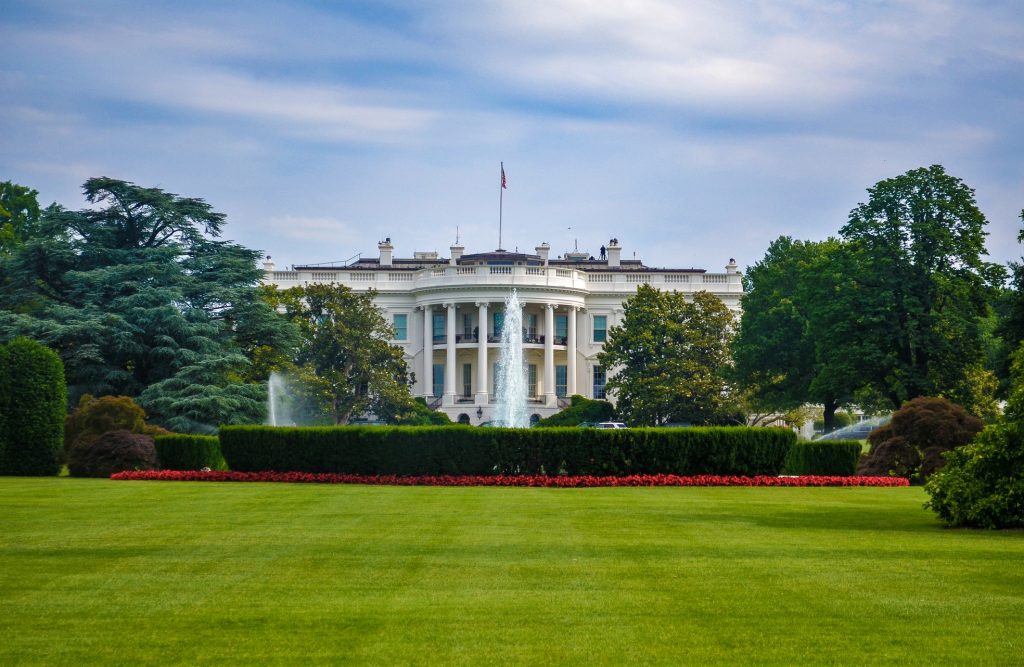
President Trump officially declared a state of emergency as a method to free up billions of dollars for funding a wall on the Mexican-American border. The fight over a border wall has defined the Trump presidency. Since December, the tension regarding the situation has ramped up as Trump took on a major offensive to secure funding for his signature policy issue while the newly empowered House Democrats have resisted.
After a historically long government shutdown, the government reopened with Trump receiving less money for border security than the Democrats had initially offered. The media widely interpreted this outcome as a capitulation by the Trump administration and a victory for House Speaker Nancy Pelosi (D-CA). Trump has decided on a drastic unilateral route to secure funding.
After this defeat, Trump declared a national emergency – a unilateral process – instead of taking any recourse that would involve the legislative branch of government. The move allows him to take money from the Defense Department’s budget and funnel it to the building of a wall, bypassing Congress entirely.
The origins of the national emergency are murky. The Constitution does not grant the president emergency powers. The only time it comments on inadequacies of governmental power is when is designates emergency powers to the Congress, including the ability to suspend habeas corpus.
However, in practice, presidents have often felt the need to act outside the stated boundaries of their office and Congress has only infrequently challenged them.
President Lincoln unilaterally suspended habeas corpus in a move of highly dubious constitutionality, though the Congress later retroactively authorized his actions. During World War II, FDR took on vast emergency powers to mobilize the nation resulting in acts like the internment of Japanese-Americans.
The courts have been as reluctant as the legislative branch to challenge the authority of the president on what constitutes a state of emergency and what actions a president can take when one is declared.
Two significant provisions do exist to mark the outer boundary of this amorphous authority. The Supreme Court established some rough framework when they stopped President Truman from taking control of the steel mills in Youngstown Sheet & Tube Co. v. Sawyer, and after Watergate, Congress enacted the National Emergencies Act of 1976 – giving Congress a mechanism to stop presidentially declared national emergencies.
The National Emergencies Act give Congress a way to end a national emergency through a vote in both houses. However, since a Supreme Court decision struck down the theory of legislative vetoes – the idea that Congress can enact bills that are not subject to the presidential veto – Trump could veto the motion to override his national emergency, making it only passable if two-thirds of Congress concur. Given Republican loyalty to the president, it is unlikely such a majority would be achieved.
Due to the unwillingness of congresspeople to defy presidents of their party, the United States has been in a continuous national emergency since the 1979 Iranian Revolution. Currently, 31 national emergencies are active and in effect.
The basic premise underpinning presidential emergency powers assumes presidents will use their power sparingly and to forward the public interest. This idealistic idea has allowed a vast well of power to concentrate in the presidency.
For instance, constitutional theorists and legal experts suggest that with present active statues, presidents could theoretically deploy soldiers onto the streets of American cities, suspend habeas corpus, sanction American citizens without due process, significantly reduce civil liberties and even potentially take control of the internet.
Though both chambers of Congress are preparing to pass a resolution canceling the national emergency, it is extremely unlikely that either chamber will have sufficient Republican defectors to override the inevitable presidential veto. The fate of the national emergency will likely be left to the courts – where lawsuits have already been filed against it. Whichever way judges across the country rule it is possible that the final decision will have to be made by the Supreme Court.
The possibility of this chain of events have sparked fervent speculation on how the nine justices will decide: a decision shrouded in uncertainty given Trump’s own statements on the dubious necessity of the emergency and the court’s historic reticence on limiting emergency presidential power.
